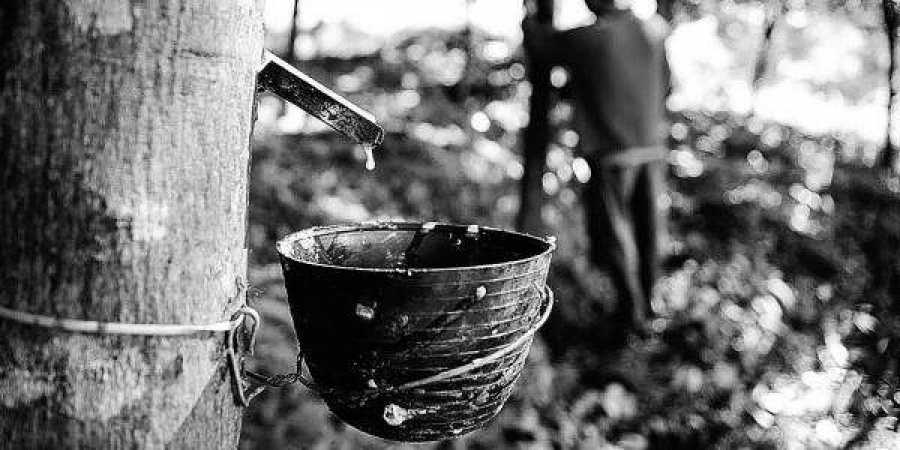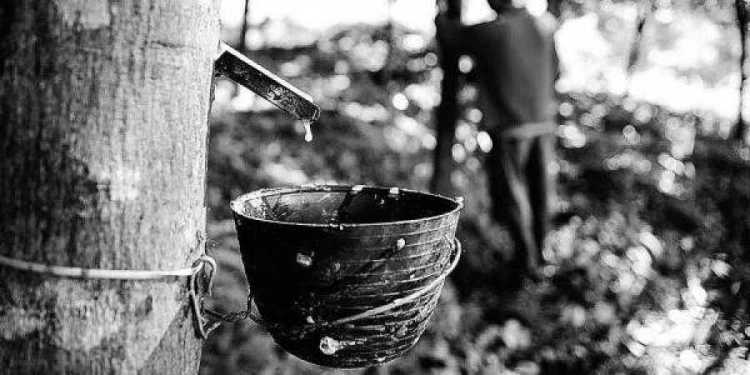KOCHI: Tough times for rubber growers are not over yet as the prices for Natural Rubber (NR) will hover around the current levels and will only witness a significant upward revision by the year 2025 to reach $2/kg, said Hidde Smit, former secretary general, International Rubber Study Group (IRSG), Singapore. He was speaking at the India Rubber Meet on Wednesday.

Image used for representational purpose only.
“Globally, plantings during 2005–2013 provide a massive increase in normal production, creating a huge surplus, with a peak in the years 2022 – 2023. NR consumption will increase by some 5 lakh tonnes per year over the coming decades,” said Hidde.
The world production of NR is anticipated to grow at 5.8 per cent to 14.6 million tonnes in 2019 if NR prices continue at the current level. The global consumption is expected to grow at 3.6 per cent to 14.7 million tonnes.
Indicating a revival in global NR prices by the end of 2020, the prices are expected to cross $3 dollar/kg by 2030 and break the $5 dollar barrier by 2033-34. The reason being the surplus which is likely to turn into a deficit depending on the planting scenario by 2028, thus facilitating a surge in prices. “Long-term availability of NR depends to a large extent on uprooting, replanting and planting over the coming 5-10 years; coordinated action is required. The risk of a structural deficit may stimulate the search for substitutes or synthetic alternatives,” said Hidde.
Jom Jacob, senior economist at Association of Natural Rubber Producing Countries (ANRPC) reiterated the possibility of non-revival of prices till 2023. “As the new plantations and replanting have declined from 2013 because of plunge in prices, considerably fewer number of trees will be opened for tapping from 2022 taking into account seven-year gestation growth period of trees,” said Jom.
Reduced tapping frequency is expected to lift the average age at uprooting, thus reducing uprooting. Reduced tapping frequency is also expected to reduce production intensities to an average of less than 90 per cent, thus reducing future availability.
External factors such as an increase in global rubber production, the rise in crude oil prices, subdued demand for natural rubber in China, the weak revival of the US economy, among others are pulling the price down.























